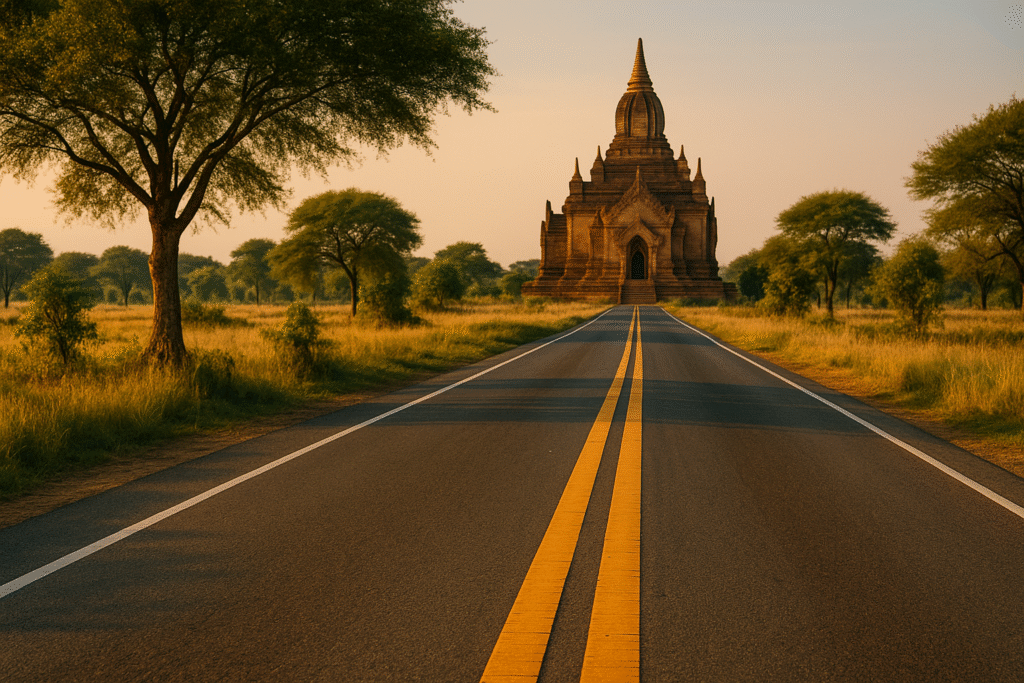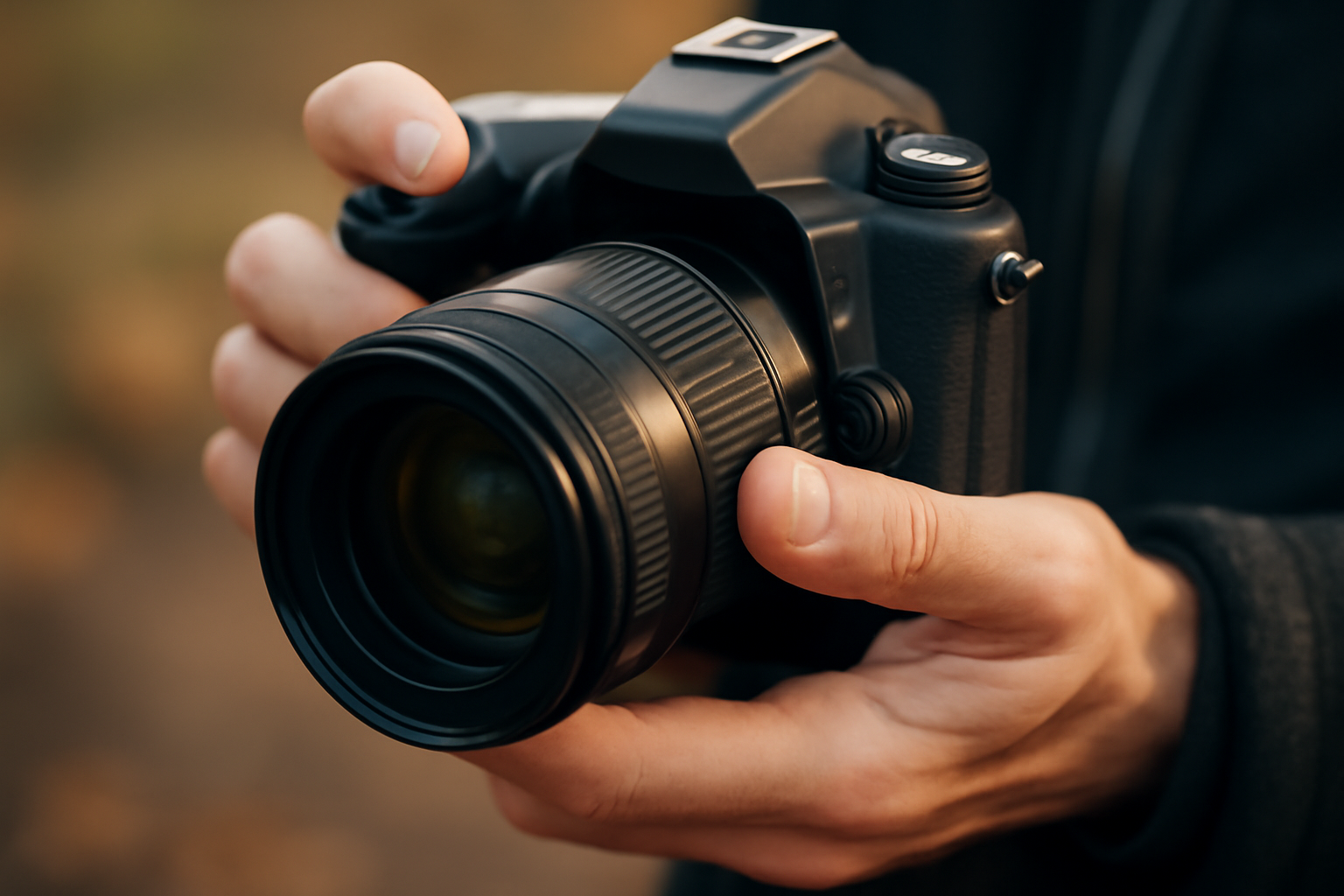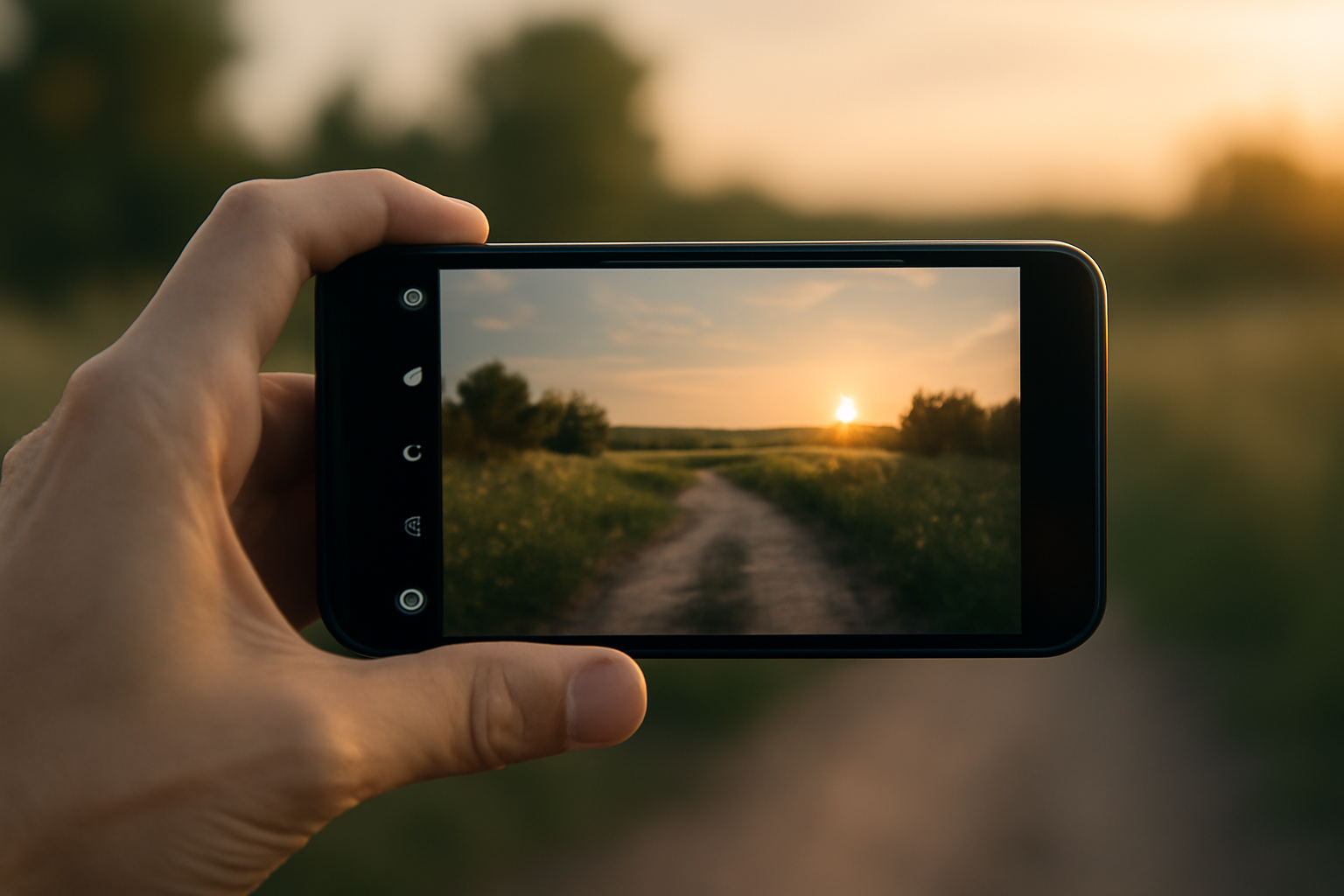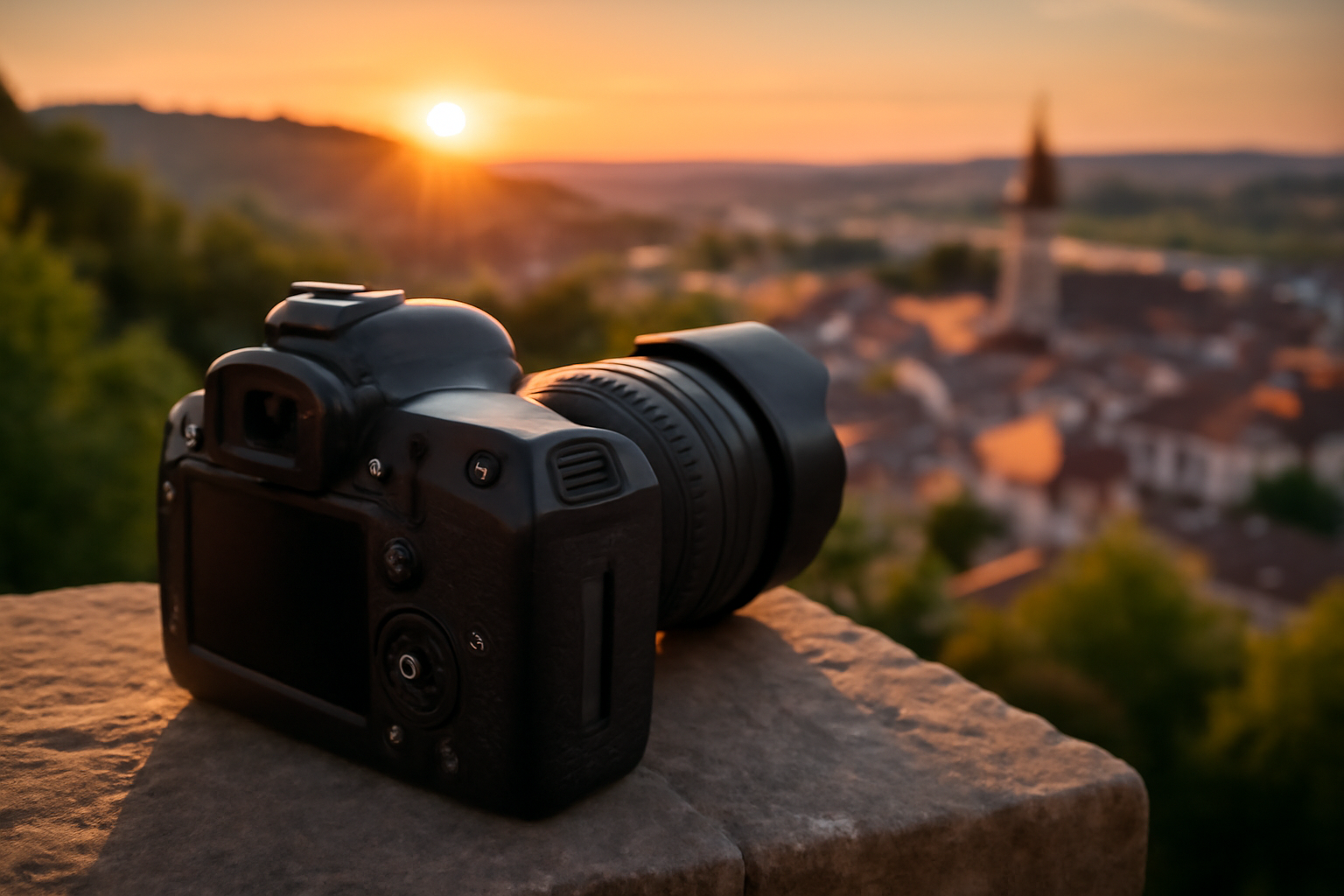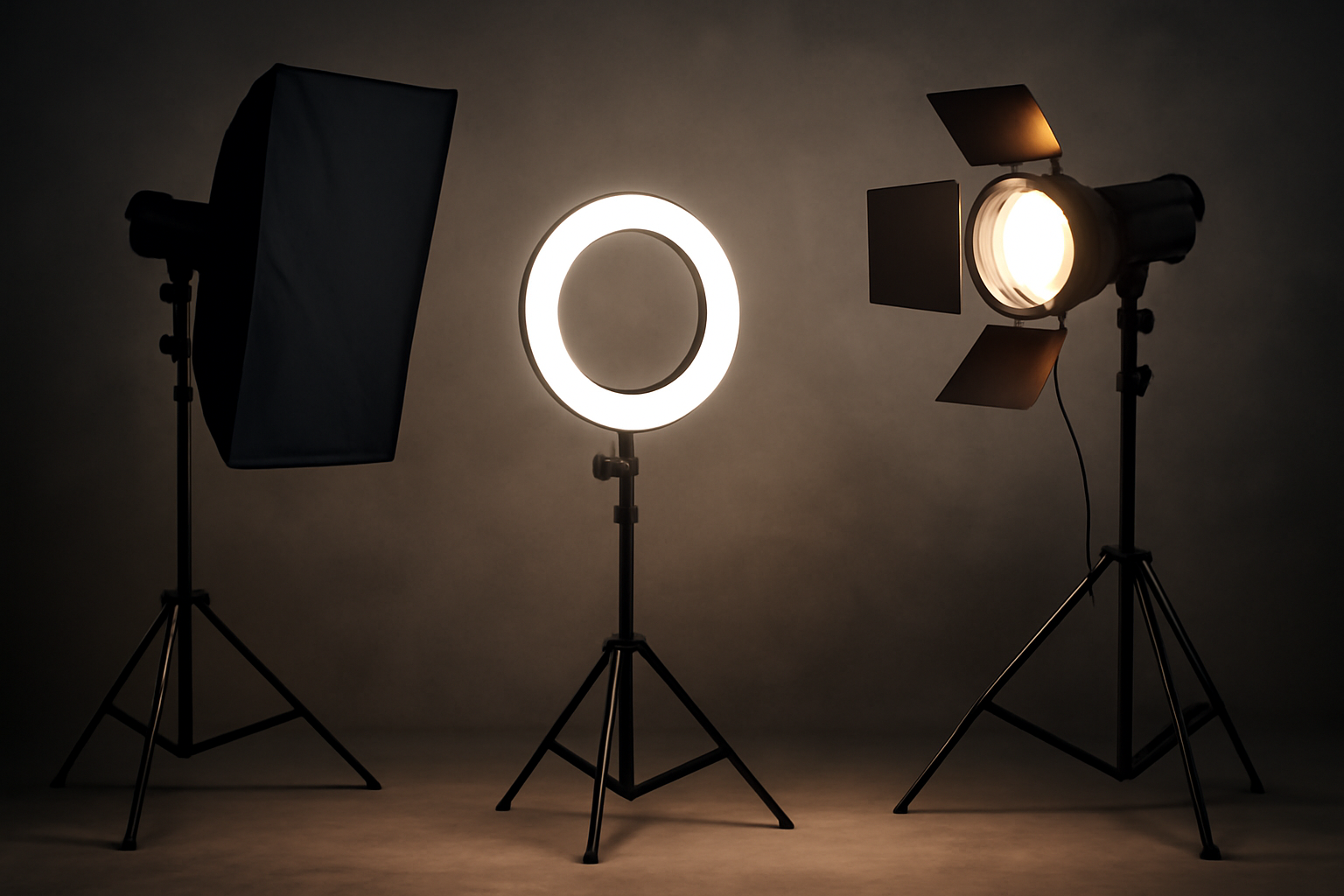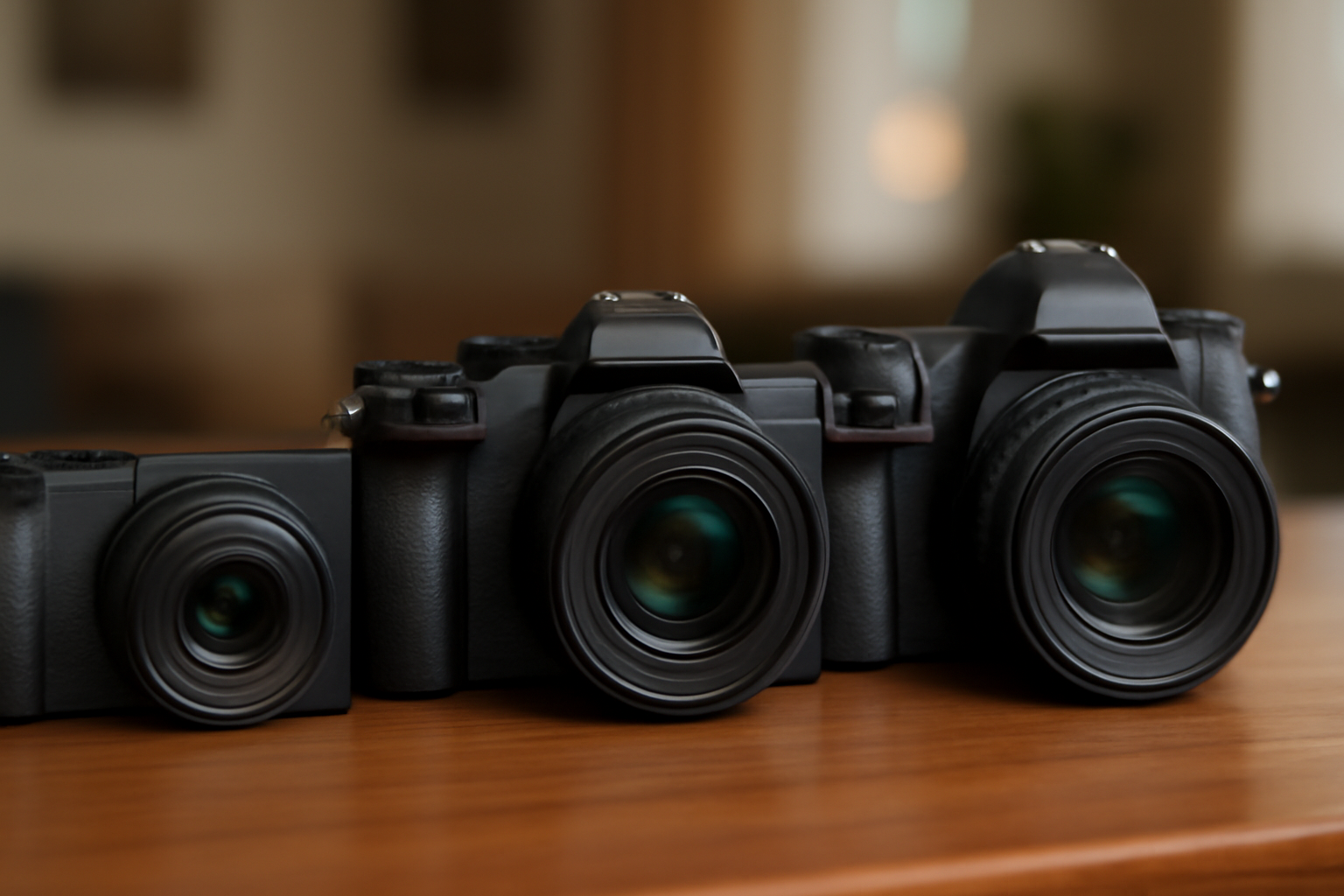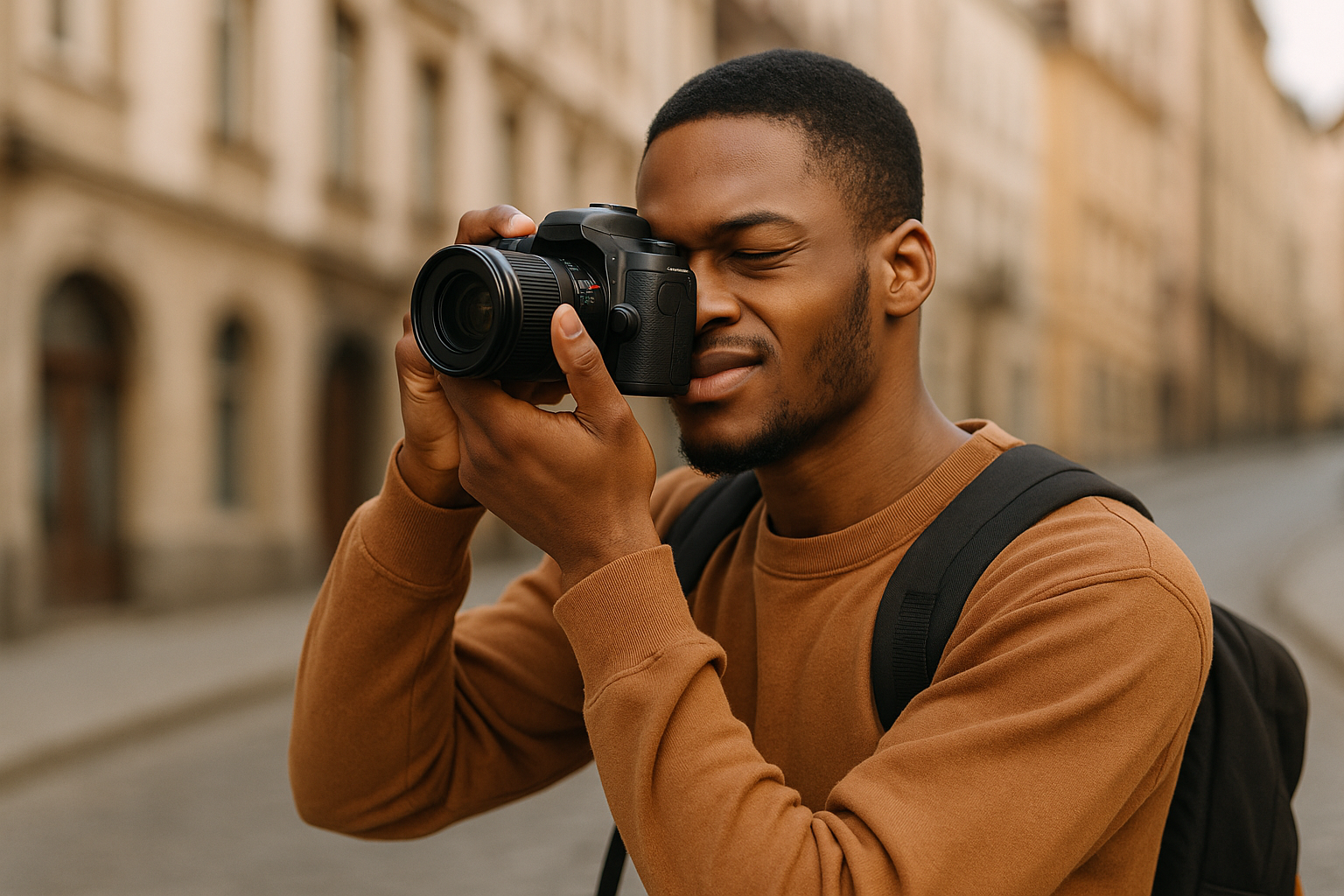Photography is not about complexity—it’s about clarity. A truly powerful photo often relies on simple, well-composed elements that guide the eye and tell a story. Whether you’re photographing a bustling market in Marrakech or a quiet alleyway in Porto, mastering composition through simplicity is one of the most effective ways to elevate your images.
This guide is designed for travelers, creators, and photography enthusiasts who want to sharpen their eye and craft stronger, more memorable photos using minimal, intentional choices. Let’s dive into how you can use simple elements to achieve stunning visual impact.
Why Simplicity Matters in Photography
In a world flooded with visual noise, simplicity stands out. It cuts through clutter, allowing the subject to breathe. Simple compositions make it easier for viewers to understand and connect emotionally with your photo.
Minimalist images aren’t empty—they’re focused. They guide the eye and emphasize what’s important. They invite reflection and storytelling. Simplicity isn’t a lack of content; it’s clarity of purpose.
When traveling, environments can be visually overwhelming. The architecture, colors, signs, and people all demand attention. Using simple compositional tools helps you filter that chaos into something intentional and expressive.
Start With a Clear Subject
Every photo needs an anchor—a main subject that draws attention and tells a story. Before you press the shutter, ask yourself: what do I want people to notice first? Then simplify the frame to support that answer.
Look for subjects with contrast, color, shape, or emotional expression. Once you find it, reduce distractions. Move your feet, change your angle, or adjust your depth of field to isolate it.
In travel photography, your subject could be a local artisan at work, a child playing near a temple, or even an architectural detail. What matters is the clarity with which you present it.
Use Negative Space to Your Advantage
Negative space—the empty or open space around your subject—is a powerful compositional tool. It gives breathing room to the image, creates a sense of scale, and draws attention to your main subject.
Skies, walls, fields, and oceans make great negative space. When used intentionally, they create balance and mood. Negative space can make your photo feel quiet, elegant, or expansive.
Imagine a lone cyclist riding along a vast beach at low tide. The space around them adds emotional weight. It says something about solitude, freedom, or contemplation.
Negative space also helps with storytelling. The absence of elements can evoke feelings of peace, mystery, or even isolation—especially effective in travel photography when conveying a place’s atmosphere.
Simplify Your Background
A cluttered background can destroy a great composition. Pay attention to what’s behind your subject. Look for plain walls, open skies, blurred lights, or consistent textures that won’t compete for attention.
Use shallow depth of field to blur distractions. Shoot from a lower or higher angle to isolate your subject against the sky or ground. Step to the side to avoid busy signage or people.
When traveling, backgrounds vary wildly—from colorful street art to industrial chaos. Use them when they support your story, but don’t let them overwhelm it.
If you find a beautiful background, consider using it as the main compositional element. A person walking across a boldly painted wall or a silhouette against stained glass can be striking in its simplicity.
Pay Attention to Lines and Shapes
Lines naturally lead the viewer’s eye. Roads, fences, railings, shadows, and even architectural elements can create visual paths that point toward your subject.
Diagonal lines add energy and movement. Horizontal lines suggest calm and stability. Vertical lines convey strength. Curved lines feel graceful and dynamic.
Shapes can create structure and rhythm in a photo. Look for triangles, circles, rectangles, and frames within frames. These elements help organize your composition and make it feel intentional.
Train yourself to find natural geometry in the urban and natural world—patterns in tiles, windows, paths, or staircases. Once you begin seeing them, they become irresistible compositional tools.
Limit Your Color Palette
Color is a language. Too many conflicting colors can make an image feel chaotic, but a limited palette creates harmony and mood.
Try shooting with a dominant color in mind. Capture a blue-themed morning in Chefchaouen, or the warm terracottas of southern Italy. Monochromatic scenes can feel cohesive and powerful.
Color contrast also helps with simplicity. A person in a red jacket against a snow-covered background pops. Use complementary or analogous color schemes to guide emotion.
You can also desaturate your images slightly to let tones and composition speak louder than color. Let the color support your subject—not distract from it.
Frame Your Subject
Framing is one of the simplest yet most effective ways to guide attention. Use natural frames like doorways, arches, windows, trees, or even shadows.
Framing adds depth, context, and focus. It tells the viewer where to look—and why it matters. It can also create intimacy by making the viewer feel like they’re peeking into a scene.
In travel photography, use markets, alleyways, ruins, and architectural gaps to frame human subjects. Let the environment become part of the story.
Try using foreground blur or dark edges to “frame” your subject softly—it enhances emotion and focus without feeling artificial.
Master the Rule of Thirds (Then Break It)
The rule of thirds is a classic compositional guide: divide your frame into nine equal parts and place your subject along the lines or intersections.
This creates balance and makes the image more dynamic than a centered composition. Use it to place horizons, eyes, or strong vertical elements.
But rules are made to be broken. Once you understand the effect, feel free to center your subject, use symmetry, or go abstract. What matters is that your choice is intentional.
Experiment with empty space and off-center framing to build tension or highlight asymmetry. These choices often feel more artistic and less staged.
Isolate Through Light and Shadow
Light can do more than illuminate—it can simplify. Use light to highlight your subject and let the shadows hide everything else.
Backlight your subject to create silhouettes. Side light to bring out texture. Soft morning or evening light is ideal for gentle highlights and less contrast.
Traveling gives you access to different types of light: harsh sun in the desert, filtered jungle light, neon in a night market. Learn how to use each to isolate what matters.
Pay attention to how light falls in small spaces—through windows, door cracks, tree canopies. These moments can create magic when used intentionally.
Let Stillness Speak
Stillness is powerful. In photography, a calm scene with a clear subject can say more than a chaotic one. Use stillness as a compositional element. Wait for the moment the crowd clears. Look for quiet corners.
Photograph a boat resting on a dock, an empty bench beneath a tree, or a single traveler standing beneath a huge monument. These quiet moments allow your viewer to feel something deeper.
Stillness invites viewers to pause, breathe, and reflect. In a fast-paced world, that’s a rare gift.
Think in Layers
A simple photo doesn’t have to be flat. Use layers—foreground, midground, and background—to create depth while keeping the scene uncluttered.
Shoot through leaves, fabric, glass, or smoke. Let something close to the lens blur softly while your subject remains sharp. Layering adds dimension and atmosphere.
In travel photography, street stalls, traffic, crowds, and even animals can become part of your layers. Use them thoughtfully to enrich, not distract.
Try layering with reflections—glass windows, water puddles, or polished metal. It adds a second world to your frame.
Embrace Repetition and Pattern
Patterns are naturally pleasing to the eye. They create rhythm and structure. Look for repeating elements—windows, tiles, umbrellas, footsteps—and compose them simply.
Breaking a pattern can also highlight your subject. A single red door among white ones. One person looking up in a crowd of bowed heads. Repetition makes your subject stand out.
Markets, architecture, textiles, and signage offer endless opportunities for pattern-based compositions.
Shoot With Intention, Edit With Restraint
Don’t shoot randomly. Pause. Observe. Ask yourself what draws your eye—and why. Then shoot with intention. Fewer, better frames often yield more impact.
When editing, avoid over-processing. Keep contrast, color, and cropping in service of simplicity. Remove distractions, enhance clarity, and keep the emotional tone honest.
A simple composition deserves a clean edit. Let the photo speak for itself.
Simplicity in editing doesn’t mean bland. It means thoughtful: highlight light, color, and geometry without smothering the natural soul of the photo.
Practice in Everyday Life
You don’t have to be in a far-off land to practice simplicity. Your neighborhood, your commute, your kitchen—all offer opportunities to compose thoughtful, minimal photos.
Use your phone camera. Try shooting only in black and white for a day. Limit yourself to 10 frames. These exercises sharpen your eye and reinforce discipline.
The more you practice seeing simply, the more instinctive your compositions will become—even when you’re surrounded by the visual richness of travel.
Create personal photo walks with themes: “circles,” “quiet corners,” or “the color blue.” These self-imposed limits challenge you to observe more deeply.
Conclusion: Make Simplicity Your Superpower
Simple doesn’t mean boring. In fact, the most powerful travel photos often come from seeing with clarity, composing with intention, and trusting that less really is more.
Let your passion for photography guide you—not toward complexity, but toward meaning. The next time you’re exploring a new city or rediscovering your own, look for the light, the shape, the moment—and frame it simply.
That’s how you use simple elements to compose better photos—and tell unforgettable visual stories.
